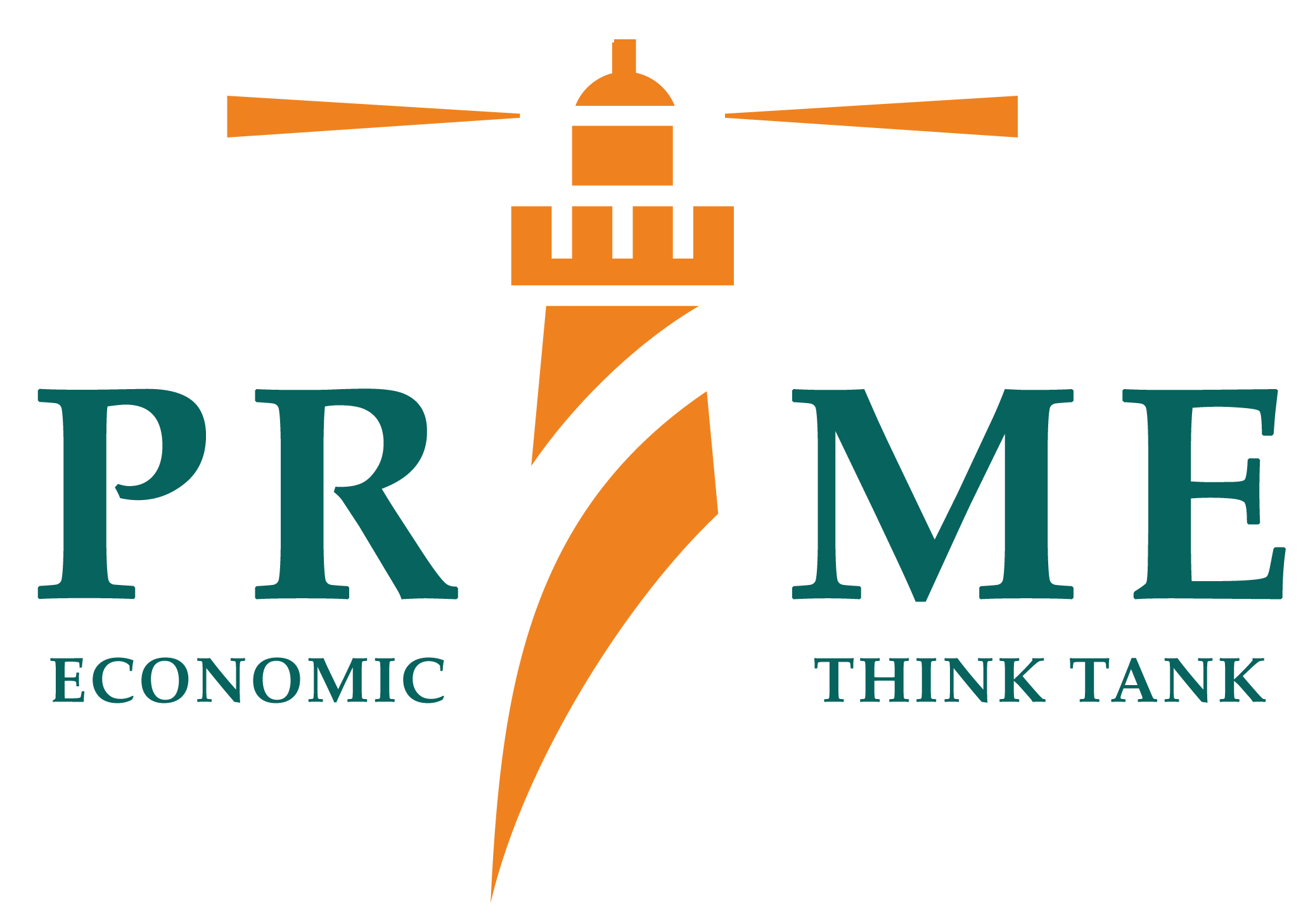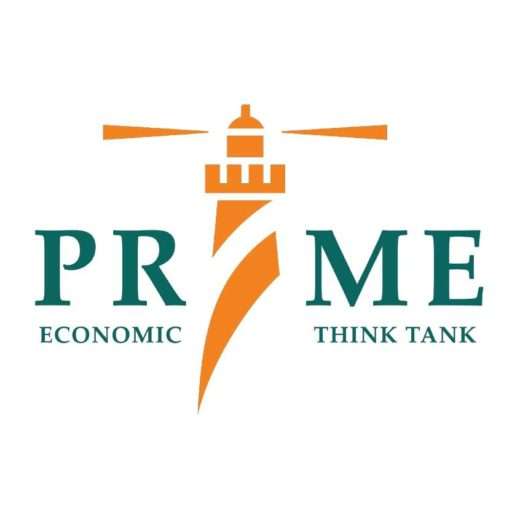Setting the Scene
Setting the Scene
This Country Update Note examines the constraints faced by Pakistan’s micro, small and medium-sized firms in exporting to Chinese market. It informs on the composition of Pakistan’s exports to China, distribution along firm size and across sectors, tariffs and non-tariff barriers and the use of trade preferences under Pak-China Free Trade Agreement (FTA) signed in 2007. The study uses a mix methodology. It analyses firmlevel export data for the recent period (from 1-1-2017 to 31-12-2018).
In addition, it draws upon the interviews with, China-Pakistan Centre of Excellence_ a leading research institution_ and 15 exporting firms that shipped to Chinese market in the study period . The analysis finds that China is Pakistan’s third largest exports market. It sources all sorts of products from Pakistan with a major share of textiles, minerals and fruits and vegetables (see Table 2). These exports are hauled by large firms and the contribution of micro, small and medium-sized (MSME) exporters is relatively limited in all sectors. The tariff preferences accorded to Pakistan under the Pak-China FTA in 2007 have gradually eroded as China later signed deeper and comprehensive trade agreements with other regional economies, which relegated Pakistan’s firms to a comparative disadvantage, and thus widened bilateral trade deficit. Interviews with a leading think tank, China-Pakistan Centre of Excellence, and with private sector firms point to the prevalence of high tariffs as well as a battery of non-tariff measures as key barriers in accessing Chinese market. The stringent sanitary and phytosanitary (SPS) requirements, technical barriers to trade (TBT), high cost of customs compliance and the inadequacy of logistic facilities, act as major constraints to the growth of Pakistan’s exports to China. Moreover, Pakistan’s firm do not utilize most of the trade preferences as these high value-added products covered in the FTA concession lists are not produced in the country.


